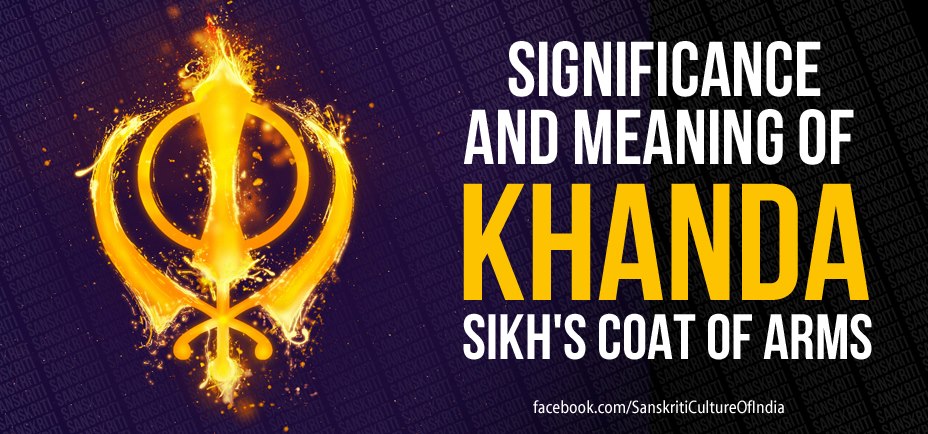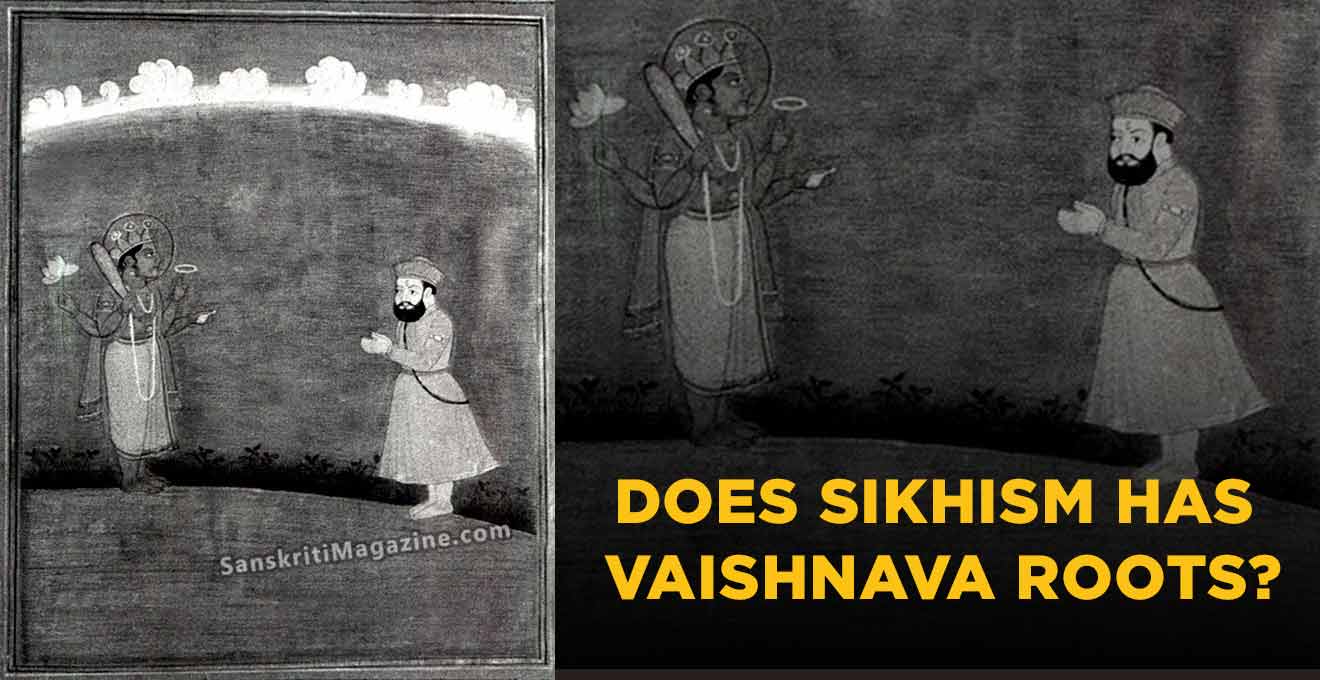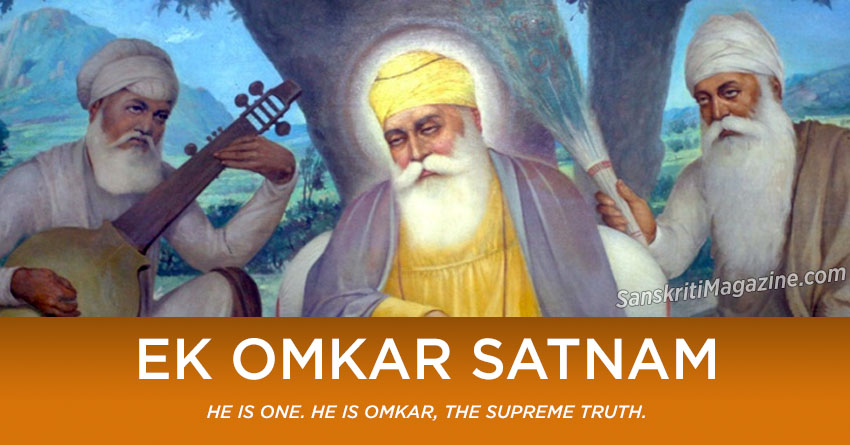The Sikhism Khanda is the Sikh’s coat of arms, or “Khalsa Crest.” Khanda refers to a double edged sword in the center of the emblem. The emblem of the Sikhism Khanda appears on the Nishan, the Sikh flag. The components in the Sikhism Khanda have special significance:
Two swords, signify the spiritual and secular forces influencing the soul.
A double edged sword symbolizes the ability of truth to cut through the duality of illusion.
A circlet represents unity, a sense of being at one with infinity.
Sometimes the Sikhism Khanda is rendered in the form of pin which can be worn on a turban. A possible significance could have arisen during historical battles in which Sikhs defended innocent people against the tyranny of Mughal Rulers.
The two swords: Piri and Miri
Har Govind became the 6th guru of the Sikhs when his father, Guru Arjan Dev, achieved martyrdom by order of Mughal emperor Jahangir. Guru Har Gobind wore two swords to symbolize his the Piri (spiritual) and Miri (secular) in nature of both his throne and rulership. Har Gobind built up a personal army. He constructed the Akal Takhat, which is the seat of religious authority and faces Gurdwara Harmandir Sahib, commonly known as the Golden Temple.
The double edge sword: Khanda
The sword is used to stir the immortalizing nectar of Amrit given to initiates to drink in the Sikh baptism ceremony.
The circlet: Chakar
The circlet is throwing weapon used in battle. It is sometimes worn on the turbans of devout Sikhs called Nihangs.
The Khanda is a Sikh symbol representative of the Sikh’s martial history and is displayed proudly by Sikhs in a variety of ways:
– Adorning the Nishan Sahib, or Sikh flag.
– Decorative ramalas draping the Guru Granth Sahib.
– As a pin worn on the turban.
– As a vehicle hood ornament.
– Appliquéd and embroidered on clothing.
– In poster form and artwork on wall.
– Computer graphics and wallpaper.
– Accompanying articles in print.
– On banners and on floats in parades.
~ Sukhmindar Khalsa











